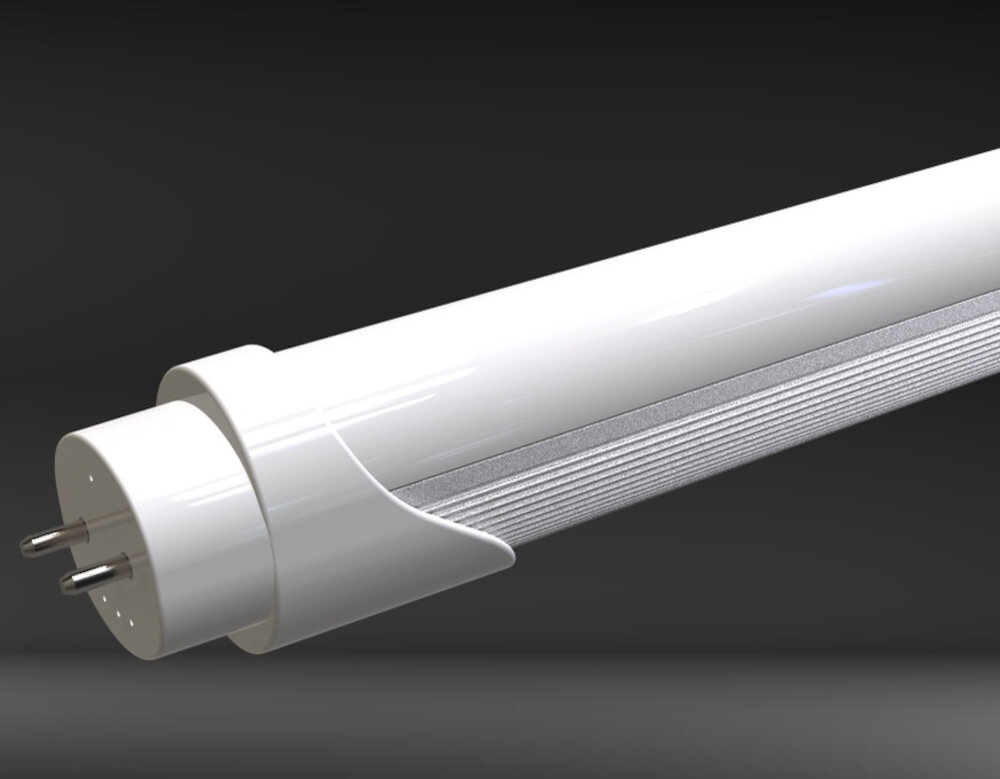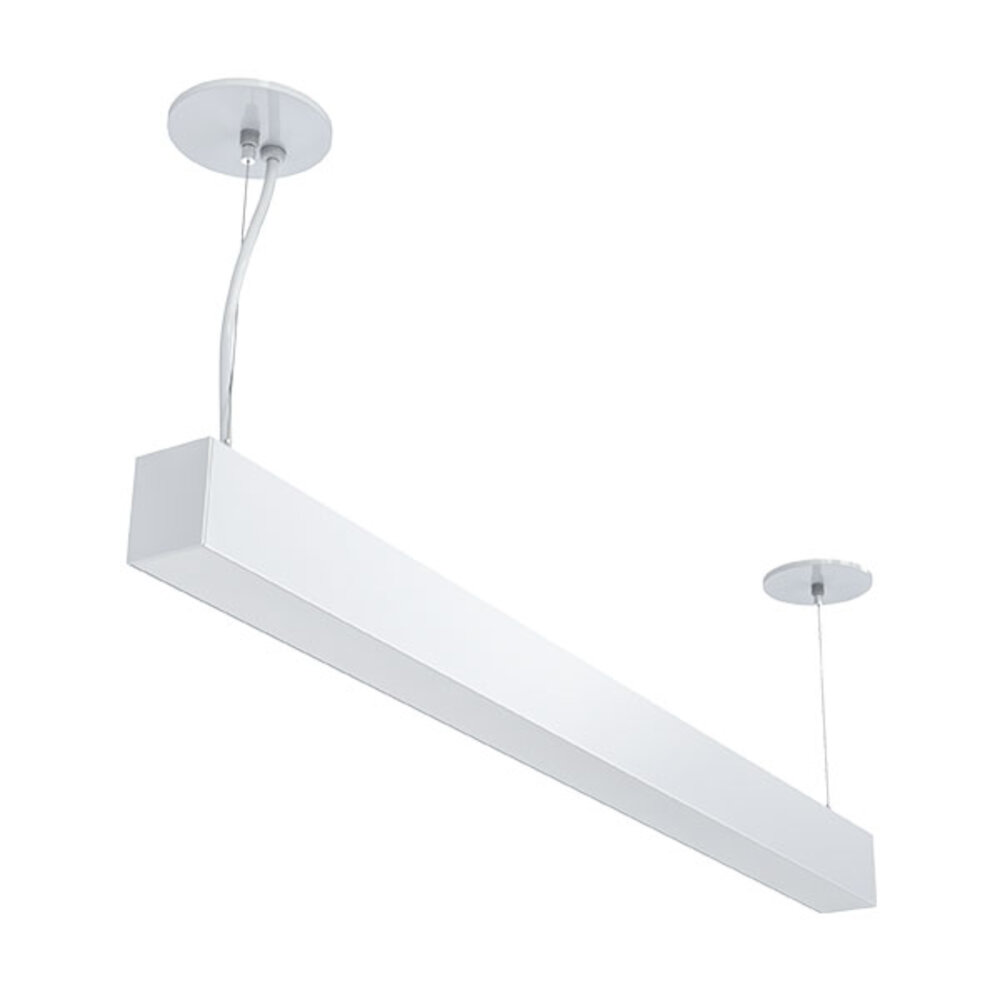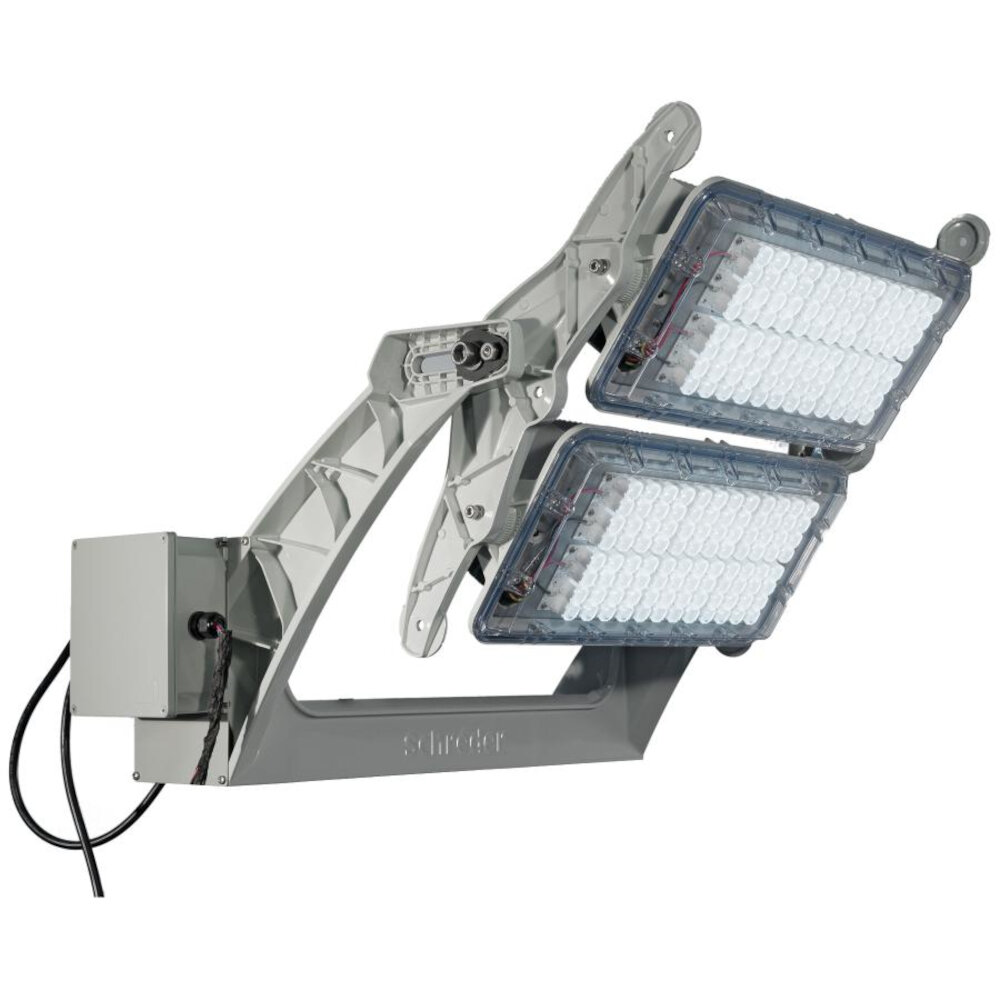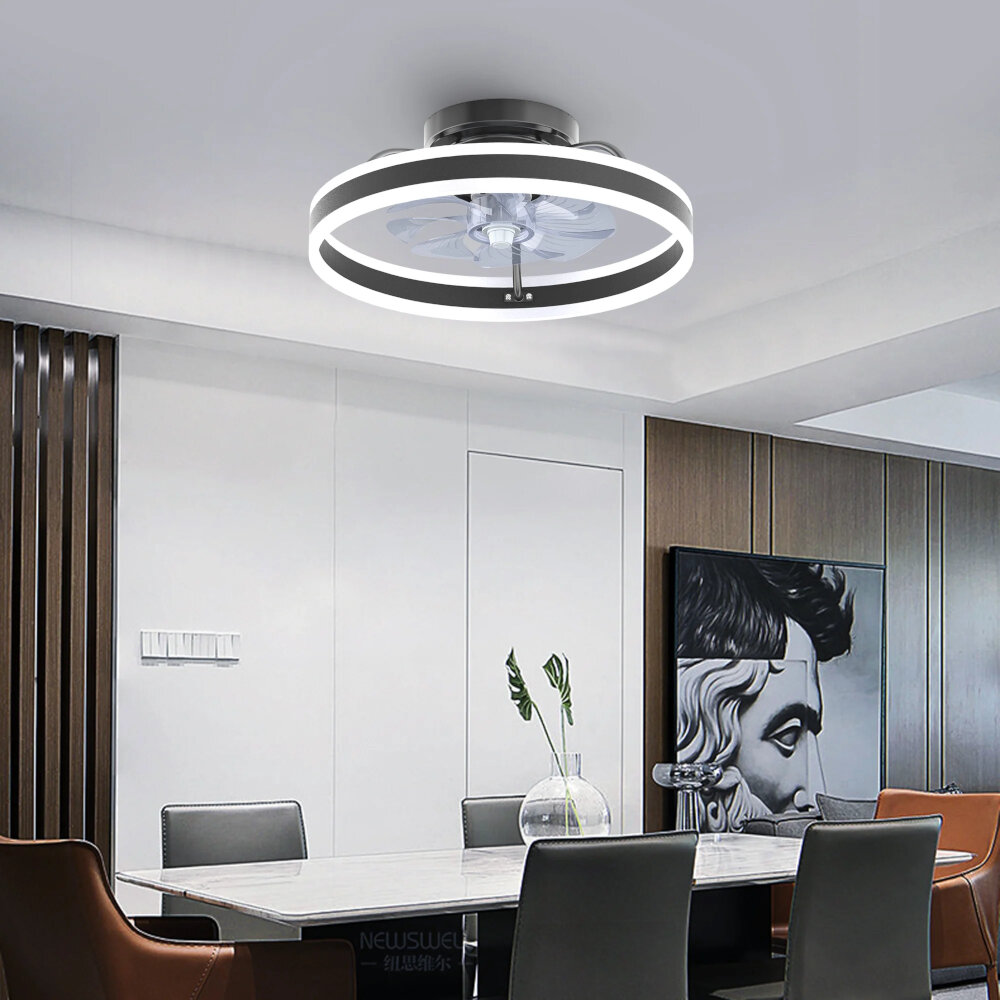Effortlessly Illuminate Your Ride: Wiring an LED Light Bar Without a Relay

Are you looking to add some extra flair to your ride and light up the night? An LED light bar is a great way to do just that. Not only can it enhance the appearance of your vehicle, but it can also improve visibility on the road or trail. However, many people shy away from installing one due to the perceived complexity of wiring it up with a relay. But fear not, as it is actually possible to wire an LED light bar without a relay, making the process much simpler and less intimidating. By bypassing the need for a relay, you can save time and money while still achieving the desired results. This method involves directly connecting the light bar to the battery and using a switch to control it. While it may sound daunting, it can be a straightforward process with the right tools and knowledge. So, whether you’re a seasoned DIYer or a first-time car enthusiast, read on to learn how to effortlessly illuminate your ride by wiring an LED light bar without a relay.
LED light bars are a popular choice among off-road enthusiasts and anyone who needs extra illumination while driving at night. These light bars consist of multiple LED bulbs arranged in a single row or multiple rows, providing brighter and more focused light than traditional halogen bulbs. LED light bars are highly energy-efficient, consuming less power than other types of lighting, and have longer lifespans. They are also durable and weather-resistant, making them ideal for use in harsh environments. LED light bars can be easily installed with or without a relay, and their compact size and low profile make them a great addition to any vehicle, providing increased safety and visibility on the road.
Proper wiring for LED light bars is crucial for ensuring efficient and safe operation. Without proper wiring, LED light bars may not function as intended and could pose a safety hazard. Wiring an LED light bar without a relay requires careful attention to detail and adherence to safety standards. In addition to ensuring that wiring is properly installed and connected, it is also important to use high-quality materials and components. By taking the time to properly wire LED light bars, you can enjoy a bright and reliable source of illumination for your vehicle while also minimizing the risk of electrical issues or other problems.
Understanding the Basics of LED Light Bars

LED light bars are a popular choice for off-road enthusiasts and those who need extra lighting on their vehicles. LED stands for light-emitting diode, which is a semiconductor device that emits light when an electrical current is passed through it. LED light bars are made up of many individual LED lights that are arranged in a linear pattern. They come in various lengths and shapes, and can be mounted on the roof, bumper, or grille of a vehicle. LED light bars are known for their durability, energy efficiency, and bright output. They are also easy to install and can be wired directly to a vehicle’s battery. When it comes to wiring an LED light bar without a relay, it is important to understand the basics of how LED lights work. LED lights are low voltage devices that require a specific amount of current to operate. If too much current is supplied, the LED lights can be damaged or even burn out. A relay is typically used to control the flow of current to the LED light bar, ensuring that the correct amount of current is supplied. However, it is possible to wire an LED light bar without a relay by using a switch and a fuse. This method involves connecting the positive and negative wires of the LED light bar directly to the vehicle’s battery, with a switch in between to control the power. A fuse is also added to protect the LED light bar from electrical surges or short circuits.
LED light bars are versatile lighting solutions that can be installed on a variety of vehicles, including cars, trucks, and boats. They consist of multiple LED lights arranged in a bar shape and often come with mounting brackets for easy installation. LED light bars work by converting electrical energy into light energy using a process called electroluminescence. When a current is passed through the LED, it excites the electrons in the material, causing them to emit photons of light. LED light bars are known for their energy efficiency, durability, and bright, long-lasting light output. They are also customizable, with options for different colors, beam patterns, and brightness levels to suit a wide range of applications.
LED light bars come in various shapes and sizes, each designed to suit a different purpose. The most common types are curved, straight, and modular. Curved LED light bars have a curved shape that allows for a wider light spread and better visibility on curved terrain. Straight LED light bars have a more focused beam and are ideal for lighting up long distances. Modular LED light bars can be customized to fit any configuration, making them perfect for off-road vehicles with unique mounting requirements. LED light bars can also be categorized by their beam pattern, including flood, spot, and combination beams. Flood beams offer a wide field of vision, while spot beams provide a concentrated, long-range beam. Combination beams combine the two for optimal visibility. Whatever your off-road lighting needs, there is an LED light bar that can meet them.
LED light bars are an excellent addition to any vehicle, providing a wide range of benefits for drivers. Firstly, they are highly energy-efficient, using up to 80% less power than traditional halogen bulbs. This means they can be used for extended periods without draining the battery, making them perfect for outdoor enthusiasts who enjoy extended trips. Additionally, LED light bars offer superior brightness and clarity, allowing drivers to see further ahead and react more quickly to obstacles or hazards. They are also highly durable and long-lasting, resistant to shock, vibration, and weather damage, making them ideal for use in rugged or extreme conditions. Finally, LED light bars are easy to install and maintain, with minimal wiring required, making them a popular choice for DIY enthusiasts looking to upgrade their vehicles. Overall, LED light bars offer a range of practical and performance benefits, making them an excellent investment for any vehicle owner.
Wiring an LED Light Bar Without a Relay

Wiring an LED light bar without a relay may seem like an intimidating task, but it can be done effortlessly. A relay is commonly used to control high-current devices such as an LED light bar, but it is not always necessary. By using a switch and a fuse, you can easily wire your LED light bar without a relay. The first step is to connect the positive wire from the LED light bar to the positive terminal of the battery. Then, connect the negative wire to the switch. From the switch, connect a wire to the fuse and then connect the fuse to the negative terminal of the battery. This will allow you to turn your LED light bar on and off with the switch, while protecting the circuit with the fuse. It is important to note that while wiring an LED light bar without a relay may be easier, it is not always the best option. A relay provides an additional layer of protection and can prevent damage to your LED light bar and vehicle. A relay also allows you to control the LED light bar with a switch that is not directly connected to the battery. This can be useful if you want to control the LED light bar from inside the vehicle. If you decide to wire your LED light bar without a relay, make sure to use a switch and fuse to protect the circuit. However, if you want to ensure maximum protection and control, consider using a relay in your wiring setup.
If you’re planning to install an LED light bar in your vehicle, you might be wondering whether or not you need a relay. While a relay can be useful in certain situations, it’s not always necessary for an LED light bar. If your LED light bar draws less than 10 amps, you can simply wire it directly to your vehicle’s battery or another power source. However, if your LED light bar draws more than 10 amps, it’s recommended that you use a relay to prevent damage to your vehicle’s wiring and to ensure that your LED light bar operates safely and efficiently. Ultimately, whether or not you need a relay will depend on the specific LED light bar you’re using and the power requirements of your vehicle.
Wiring an LED light bar without a relay might seem intimidating, but it’s actually a straightforward process. The first step is to gather all the necessary tools, including a wire stripper, crimping tool, and electrical tape. Next, determine the location and route for the wiring and connect the positive and negative wires to the battery terminals. From there, connect the wires to the switch and attach the switch to the desired location. Finally, connect the LED light bar to the switch and test the system to ensure it’s working properly. With these step-by-step instructions, you can effortlessly illuminate your ride with an LED light bar without the need for a relay.
When wiring an LED light bar without a relay, it is crucial to ensure a safe and effective wiring job. Firstly, make sure to use the correct gauge wire for your application and the recommended fuse size. This will prevent any electrical overload and potential damage to your vehicle. Secondly, use high-quality connectors and crimp them securely to avoid any loose connections that could lead to electrical arcing or overheating. Additionally, it is important to route the wiring away from any moving parts or sources of heat to prevent wear and tear or damage. Finally, always test the wiring and connections before final installation to ensure proper functionality and avoid any potential hazards. By following these tips, you can confidently and safely wire your LED light bar without a relay.
Troubleshooting Common Wiring Issues

Wiring an LED light bar without a relay can be a daunting task, especially if you encounter common wiring issues. However, troubleshooting these issues can be effortless with a little knowledge and practice. One common issue is a flickering light bar, which can be caused by a loose connection, a damaged wire, or a faulty switch. To fix this issue, check all connections for tightness and damage, replace any damaged wires, and test the switch with a multimeter to ensure it is functioning properly. Another common issue is a light bar that won’t turn on, which can be caused by a blown fuse, a faulty relay, or a faulty switch. To fix this issue, check the fuse for damage and replace it if necessary, test the relay with a multimeter to ensure it is functioning properly, and test the switch to ensure it is making proper contact. Additionally, check all connections for tightness and damage to ensure the circuit is complete. By troubleshooting these common wiring issues, you can effortlessly illuminate your ride with an LED light bar without a relay.
Wiring an LED light bar without a relay can lead to a host of problems, most notably, electrical overload and damage to the light bar. Without a relay, the current flowing through the wiring can become too high, leading to overheating and potentially causing a fire. Additionally, without a relay, the LED light bar may not function properly or may flicker due to insufficient power. This can be particularly dangerous when driving at night or in inclement weather, as it can impair visibility and increase the risk of an accident. To avoid these issues, it is essential to use a relay when wiring an LED light bar, ensuring that the electrical current is properly regulated and the light bar functions at optimal capacity.
Diagnosing and fixing issues with your LED light bar is crucial in ensuring that it provides optimal illumination for your ride. Start by checking the wiring and connections of the light bar to ensure that they are secure and free from any damage. If the wiring is faulty, you may need to replace it or get it repaired by a professional. It is also important to check the power source and ensure that it is providing enough voltage to power the LED light bar. If the power source is not sufficient, you may need to upgrade it or add a relay to ensure that the light bar receives the necessary power. Additionally, if the light bar is not turning on, check the fuse and replace it if necessary. By following these steps, you can diagnose and fix any issues with your LED light bar and ensure that it provides reliable and efficient lighting for your ride.
To prevent future wiring problems, it’s important to use high-quality wires and connectors. Make sure to choose wires that are rated for the amount of current you’ll be using, and avoid using wires that are too thin or brittle. It’s also important to protect your wires from moisture and heat, as these can cause damage over time. Consider using wire loom or heat shrink tubing to protect your wires from the elements. Additionally, be careful when routing your wires to avoid sharp turns or kinks, as these can cause the wire to break or fray. Finally, take the time to properly connect and secure your wires, using crimp connectors or soldering to ensure a strong and reliable connection. By taking these steps, you can help ensure that your LED light bar stays illuminated without any wiring issues.
Advanced Wiring Techniques for LED Light Bars

LED light bars are an excellent addition to any vehicle that requires extra illumination. However, installing them can be a bit tricky, especially if you’re not familiar with advanced wiring techniques. If you want to install an LED light bar without a relay, you’ll need to pay close attention to the wiring process. First of all, you’ll need to make sure that your LED light bar is compatible with your vehicle’s electrical system. You can do this by checking the voltage and amperage ratings of the LED light bar and comparing them to your vehicle’s electrical system. If the ratings are compatible, you can proceed with the installation process. One of the most important things to keep in mind when wiring an LED light bar without a relay is to use high-quality wiring and connectors. This is because LED light bars require a lot of power, and using low-quality wiring or connectors can result in poor performance or even damage to your vehicle’s electrical system. You should also make sure to use the appropriate gauge of wire for your LED light bar. If you’re not sure which gauge to use, you can refer to the manufacturer’s instructions or consult with a professional. Additionally, it’s important to properly ground your LED light bar to prevent electrical issues and ensure safety while driving. By following these advanced wiring techniques, you can effortlessly illuminate your ride with an LED light bar without the need for a relay.
Advanced wiring techniques are crucial for more complex LED light bar setups. These techniques require a deeper understanding of electrical systems and wiring diagrams. One of the most important things to consider is the power source. You must ensure that the wiring can handle the voltage and current requirements of the LED light bar. Another critical factor is the use of relays and fuses to protect the wiring and the LED light bar from damage due to short circuits or overloading. Additionally, it is essential to have a good grounding system to prevent any electrical interference and maintain a stable voltage output. Proper wiring techniques can ensure that your LED light bar setup is not only functional but also safe and reliable.
Relays and other accessories are commonly used in automotive wiring to control high-current circuits from low-current signal inputs. For example, when wiring an LED light bar, a relay may be used to switch the power supply on and off, as the high current draw of the light bar exceeds what the switch can handle directly. Other accessories such as fuses and circuit breakers can protect the wiring and components from shorts and overloads. Additionally, wiring harnesses can simplify the installation process and ensure proper connections. Using these accessories can improve the safety and reliability of the electrical system, making it less prone to failure and easier to maintain in the long run.
Wiring LED light bars can be a challenging task, especially when dealing with complex setups. To ensure a safe and effective installation, it is essential to follow a few tips. First, determine the power requirements of the LED light bar and make sure the wiring is compatible. Use a high-quality wiring harness and connectors to ensure a reliable connection. Plan the wiring route and secure it with zip ties to prevent any damage. Use a fuse or circuit breaker to protect the wiring from overloading. Finally, test the wiring and connections before sealing everything up to ensure proper functioning. Following these tips will help you effortlessly illuminate your ride with an LED light bar without the need for a relay.
Wiring an LED light bar without a relay has its advantages as it is a straightforward process that saves time and money. Relays are not necessary for small LED light bars, and the wiring can be done directly from the battery to the light bar, making the process much simpler. With no relay, there are fewer components to worry about, and installation is much easier. Additionally, without a relay, there is less chance of a malfunction and less heat generated, which can prolong the lifespan of your LED light bar. So, if you want to upgrade your vehicle’s lighting system, consider wiring an LED light bar without a relay for a hassle-free installation and efficient performance.
In conclusion, the proper wiring of LED light bars is of utmost importance for several reasons. Firstly, it ensures that they function effectively, without any flickering or other issues that may affect their performance. Secondly, it reduces the risk of electrical shorts or other hazards that may pose a danger to the driver and passengers. Additionally, proper wiring ensures that the LED light bars are energy-efficient, which is essential for those who value sustainability and want to reduce their carbon footprint. Finally, it helps to prolong the lifespan of the LED light bars and prevent premature failure, which can be costly and frustrating. Therefore, taking the time to wire LED light bars correctly is well worth the effort and can make a significant difference in the overall quality of your driving experience.
Conclusion

In conclusion, wiring an LED light bar without a relay is a feasible option for those who want to illuminate their ride. It may require a bit of extra effort, but it can be done with the right tools and knowledge. However, it is important to note that using a relay is the safer and more reliable option, as it helps to prevent any electrical malfunction or damage to the vehicle. Ultimately, the decision on whether to use a relay or not should be based on personal preference and the level of risk one is willing to take. Regardless, with proper installation and maintenance, an LED light bar can greatly enhance the functionality and aesthetics of any vehicle.




